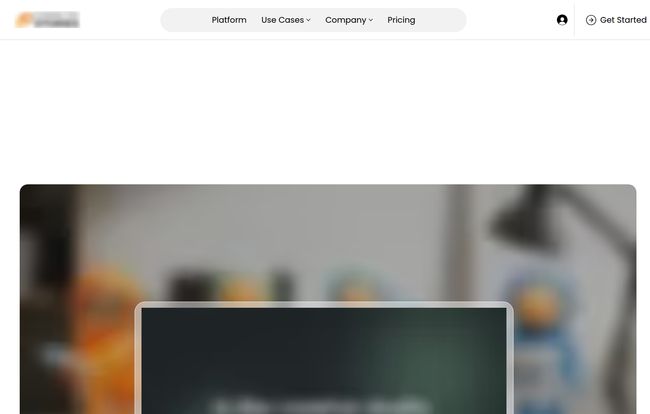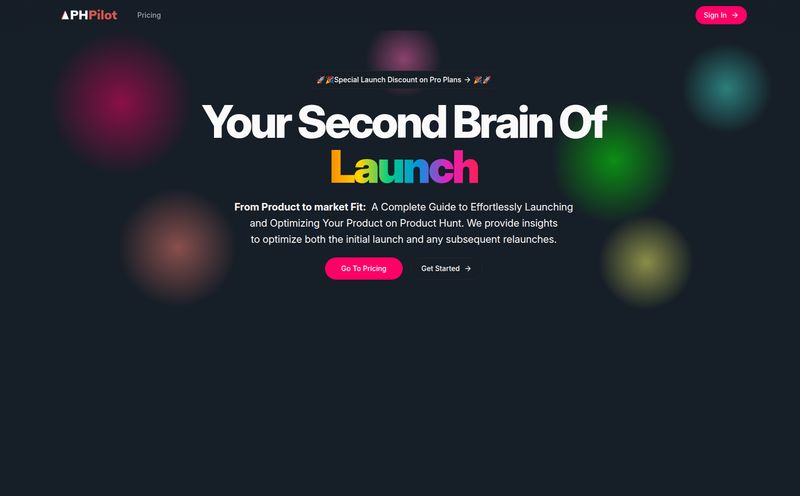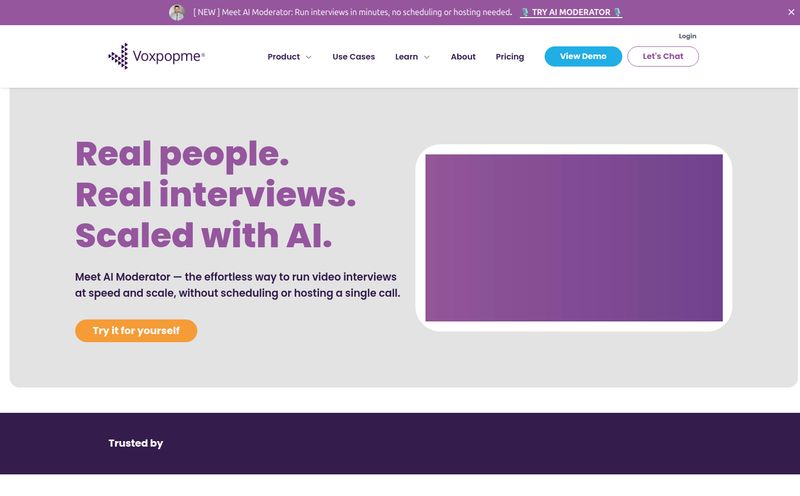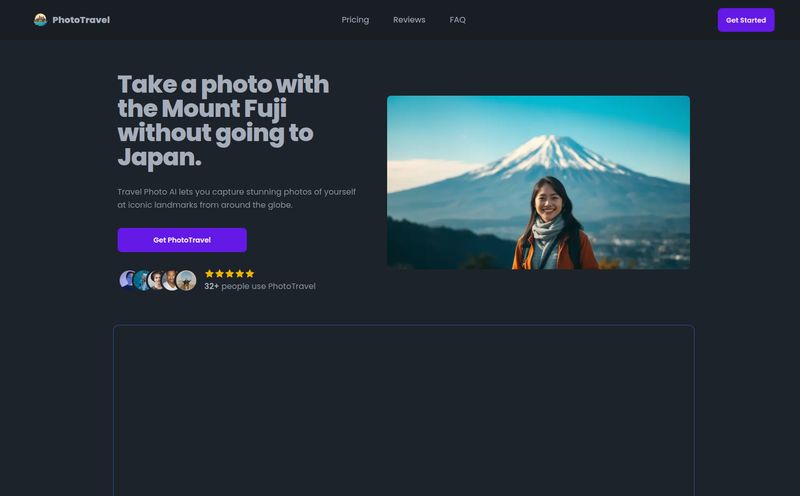We’re all in the ad game, and we’ve all seen some truly terrible, laughably misplaced ads. Just yesterday, I was served a pre-roll ad for premium cat food. I don’t have a cat. I have a very needy golden retriever who would be deeply offended by the suggestion. It’s the digital equivalent of getting junk mail for a local service that's three states away. We know better, we have the data, yet creating truly personalized content that speaks to every single user has always been the holy grail—a costly, time-consuming, and often impossible task.
For years, we've been trying to solve this puzzle with dynamic creative optimization (DCO), but it often feels like we're just swapping out puzzle pieces rather than creating a whole new picture for each person. Enter the great GenAI explosion of the last couple of years. Suddenly, the idea of creating unique content at scale doesn't seem so sci-fi. And that brings me to a platform I’ve been kicking the tires on lately: Connected-Stories. It’s making some bold claims about orchestrating the entire creative process with AI, and frankly, my curiosity is piqued.
So, What Exactly is Connected-Stories?
Okay, cutting through the marketing jargon, Connected-Stories isn't just another AI image generator or copywriter. The company calls it a “Creative Management Platform,” but I think a better way to put it is an AI-powered command center for your ad campaigns. Their whole pitch revolves around this concept of “Human-AI Orchestration.” It’s not about replacing the human creative, but about giving them a team of hyper-intelligent AI agents to do the heavy lifting.
Imagine you hand your campaign brief, your brand assets—logos, product shots, key messaging—to an AI. But instead of just spitting back a few ad variations, it strategizes, creates, delivers, and analyzes the entire thing. That’s the core idea here. It’s designed to be a single, streamlined platform where strategy and execution actually happen together, in real-time. A pretty tall order, right?
Meet the "Leo" Team: The AI Brains Behind the Operation
What I find interesting is how they’ve personified their AI. It’s not some faceless algorithm named ‘XG-4000’. They’ve broken it down into a team of agents, each with a specific job. They call this suite GenAIssance, which is a clever bit of branding, I'll give them that.
Leo Strategist: Your AI Campaign Planner
This is where it all starts. You feed the Strategist your campaign brief. It supposedly takes that brief and turns it into an actionable plan, mapping out user journeys and identifying moments for personalization. In theory, it’s the brains of the operation, figuring out the what, when, and why before a single creative is even built.
Leo Creator: The Content Machine
Once the strategy is set, the Creator steps in. This is the part that feels most like what people think of when they hear "GenAI." It takes your assets and starts generating the actual content—video, display ads, you name it—at scale. The big promise is that it's using multimodal GenAI, meaning it can understand and generate content across different formats, not just text or just images. It’s building dynamic, personalized experiences, not just static ads.

Visit Connected-Stories
Leo Media & Analyst: The Delivery and Optimization Duo
Creating a million ad variations is useless if you don't serve them to the right people at the right time. Leo Media handles the smart delivery of the content, while Leo Analyst is the feedback loop. It's constantly learning from performance data, seeing what works and what doesn't, and feeding those insights back into the system to improve performance in real time. This is where the magic of their Predictive AI models, which they call PersonifAI, is supposed to shine. It’s not just A/B testing; it’s predictive optimization. For a data geek like me, that’s music to my ears.
The Good, The Bad, and The AI-Generated
No tool is perfect, and as someone who's seen a lot of 'next big things' fizzle out, I always approach with a healthy dose of skepticism. After digging in, here's my honest take.
The good stuff is pretty obvious. The ability to personalize creative at a truly granular level is a massive advantage. We're not just talking about inserting a first name. We're talking about crafting a message based on weather, location, user behavior, and a dozen other signals. The in-depth analytics are also a huge plus. We’re swimming in data, but actionable insights are rare. A platform that provides clear recommendations is a win. I also have to give them props for leaning into responsible AI and data security. In a post-cookie world where privacy is everything, that’s not just a feature; it's a necessity. It shows they're thinking about the future, not just the current gold rush.
Now, for the... complications. Any platform this powerful is going to have a learning curve. You’re not going to master this in an afternoon. Then there’s the big one for all my fellow creatives: the fear of losing control. When an AI is generating content, are you still the director, or just a prompter? I’d argue it’s a shift in roles. You become the conductor of an AI orchestra rather than playing every instrument yourself. It's a different skill set, but not necessarily a lesser one. For some, teh control might be too much to give up, and that's a fair point.
Let's Talk Money: The Connected-Stories Pricing Mystery
Ah, the pricing page. The moment of truth for so many SaaS tools. If you head over to their site, you won't find a neat little table with three tiers. Instead, you get a form asking for your company size before you can move forward. They call it “Usage-based pricing that scales with your needs.”
Look, I get it. This is an enterprise-level tool. They want to talk to you, understand your needs, and build a custom package. It prevents sticker shock and allows them to tailor a solution. On the other hand, it can be frustrating when you’re in the early stages of research and just trying to figure out a ballpark budget. My take? This pricing model signals that their ideal customer is a larger brand or agency with complex needs and a significant ad spend, not a small business looking for a quick and cheap solution.
Who is This Platform Actually For?
So, who should be booking a demo? Based on my analysis, Connected-Stories is built for teams who are hitting the ceiling of traditional DCO and personalization tactics. We're talking about large CPG brands, automotive companies, major retailers, and the agencies that serve them. If your campaign strategy involves dozens of audience segments, multiple touchpoints, and a desperate need to make every ad dollar count, this is the kind of platform that could be transformative. If you’re a solo entrepreneur running a few Facebook ads, this is probably overkill. It’s a professional-grade tool for professional-grade problems.
My Final Take: Is It Worth Jumping on the AI Bandwagon?
There's so much noise in the AI space right now it’s deafening. But Connected-Stories feels different. It feels less like a shiny new toy and more like a piece of serious industrial machinery for marketers. It’s not just about generating stuff; it’s about creating an intelligent, self-optimizing system. It’s an ambitious vision.
Is it the end of advertising as we know it? Probably not. But it might just be the end of the lazy, generic advertising that we’ve all learned to tolerate. And for one, I’m excited to see where that leads.
Frequently Asked Questions about Connected-Stories
- What is GenAIssance?
- GenAIssance is the name for Connected-Stories' proprietary AI engine. It's a suite of intelligent agents (like Leo Strategist and Leo Creator) that work together to manage the entire creative personalization process, from strategy to generation and optimization.
- Is Connected-Stories hard to learn?
- Like any powerful, professional platform, there will likely be a learning curve. It's not a simple plug-and-play tool. However, it's designed to streamline a very complex process, so the investment in learning could lead to significant efficiency gains down the line.
- How does the pricing work?
- Connected-Stories uses a usage-based pricing model that scales with your needs. There is no public pricing table; you need to contact their team through their website to get a custom quote based on your company's size and campaign requirements.
- Can I still have creative input with the AI?
- Absolutely. The platform is designed for “Human-AI Orchestration.” The human provides the brief, the assets, and the strategic direction. The AI acts as a super-powered assistant to execute and scale that vision, not replace it entirely. You're the conductor, not a spectator.
- What makes it a "responsible AI"?
- Their focus on responsible AI refers to their commitment to data privacy, security, and ethical considerations. In an era of increasing regulation like GDPR and CCPA, this means the platform is built with compliance and user trust as a core principle, which is critical for large brands.
Conclusion
The push for personalization isn’t new, but the tools we have to achieve it are undergoing a seismic shift. Connected-Stories stands out as a platform that’s not just dabbling in AI, but rebuilding the creative workflow around it. It’s a comprehensive, ambitious solution aimed at solving one of the biggest challenges in modern marketing. While it may not be for everyone, for the right kind of company, it could very well be the key to unlocking that next generation of advertising we've all been waiting for.



